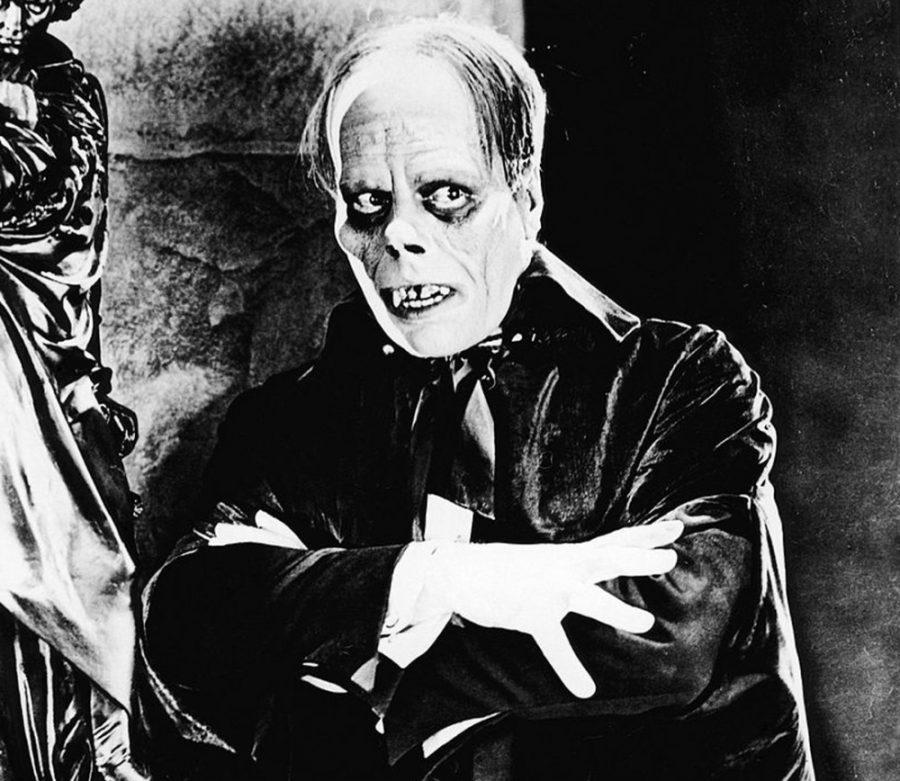Twenty-seven years ago on Broadway, a musical opened its curtains for what would become the longest-running musical in history: “The Phantom of the Opera.”
Many people know “The Phantom of the Opera” as a household name, if not for the musical itself, than for the 2004 film adaptation. Sir Andrew Lloyd Webber, who proposed the idea for the musical and eventually wrote its score, said in a 2006 Playbill interview on the then-upcoming Broadway production milestone that he had found the original 1910 novel by Gaston Leroux, “Le Fantôme de l’Opéra,” in a bookstore.
“I just wanted to write a high romance,” Lloyd Webber said in the 2005 documentary, “Behind the Mask: The Story of the Phantom of the Opera.” “I hadn’t an opportunity — hadn’t found a subject before which I thought I could do that, and there [‘The Phantom of the Opera’] was.”
Lloyd Webber added in the interview with Playbill that he based the musical on Leroux’s novel, but he had taken liberties in fitting the story to suit his purpose.
“It never occurred to me that ‘Phantom of the Opera’ was the sort of subject that I’d want to do, because I just thought it was something that would be a bit jokey, until I read the book,” he said.
When one hears the music of the musical, there is something ethereal in its notes. In a promotional video with original London and Broadway cast members Michael Crawford and Sarah Brightman (Phantom and Christine, respectively), the video, like the musical itself, shows the Phantom’s angelic singing voice seducing the leading lady with his song. The romantic and sexual elements have enthralled audiences across the world, evident in the 2005 documentary showing female attendees swooning over the masked figure.
“Everyone sort of points out the romance or the unrequited love, and that initially drew me in when I was younger, because I didn’t quite really see how dynamics were really working,” said Erin Walker, a UA senior studying sociology, music theory, history and criticism, who has seen the musical three times over the years. “And [I] thought that unrequited love was the saddest thing ever, but truth be told, it’s not that much of a love story between Christine and the Phantom.”
Walker added that despite its romantic content, the Phantom and Christine’s relationship is dysfunctional, as the Phantom brings forth several unhealthy traits spawning from his tortured past.
Jerrold Hogle, a UA English professor, said that the 1943 film version includes a twist that was taken out of Lloyd Webber’s version. The twist revealed that the Phantom — spoiler alert — was Christine’s father. As mentioned, it was taken out because the crazed adoration would imply incest.
“It’s so interesting that Susan Kay sticks about two-thirds of her book strictly to the original novel and fill in the details that the original doesn’t give you and then just takes off,” Hogle said. “I expressed my theory as to why she does that because she wants to satisfy the demand for Christine and the Phantom to love each other.”
But to have this ending is a departure of character for the two leading roles.
“But there is still that [interest,]” Walker said. “I also really just enjoy the music itself. I think it [has] beautiful melodies.”
Whether or not it’s the romance or the music that impress upon your mind, it’s clear “The Phantom of the Opera” will remain at the fore.
_______________
Follow Ivana Goldtooth on Twitter.









